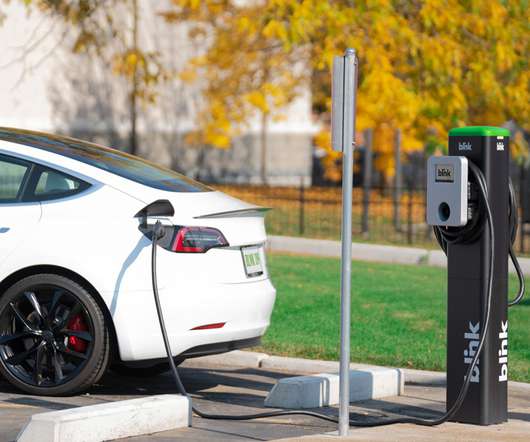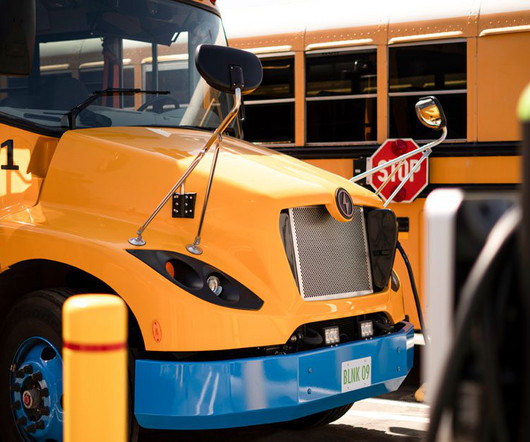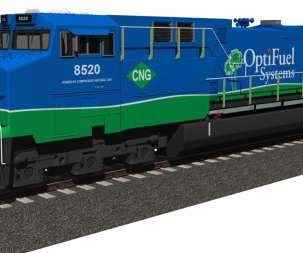PSI team develops web tool for consumers to compare environmental impact of passenger cars in detail
Green Car Congress
MAY 17, 2020
Deterioration of the ozone layer [kg CFC-11-eq.]. Primary energy, non-renewable [Megajoule]. Primary energy, renewable [Megajoule]. The tool also assesses the environmental impacts of the entire life cycle of passenger cars, including the manufacture of the body and all other components, such as batteries for electric motors.

























Let's personalize your content